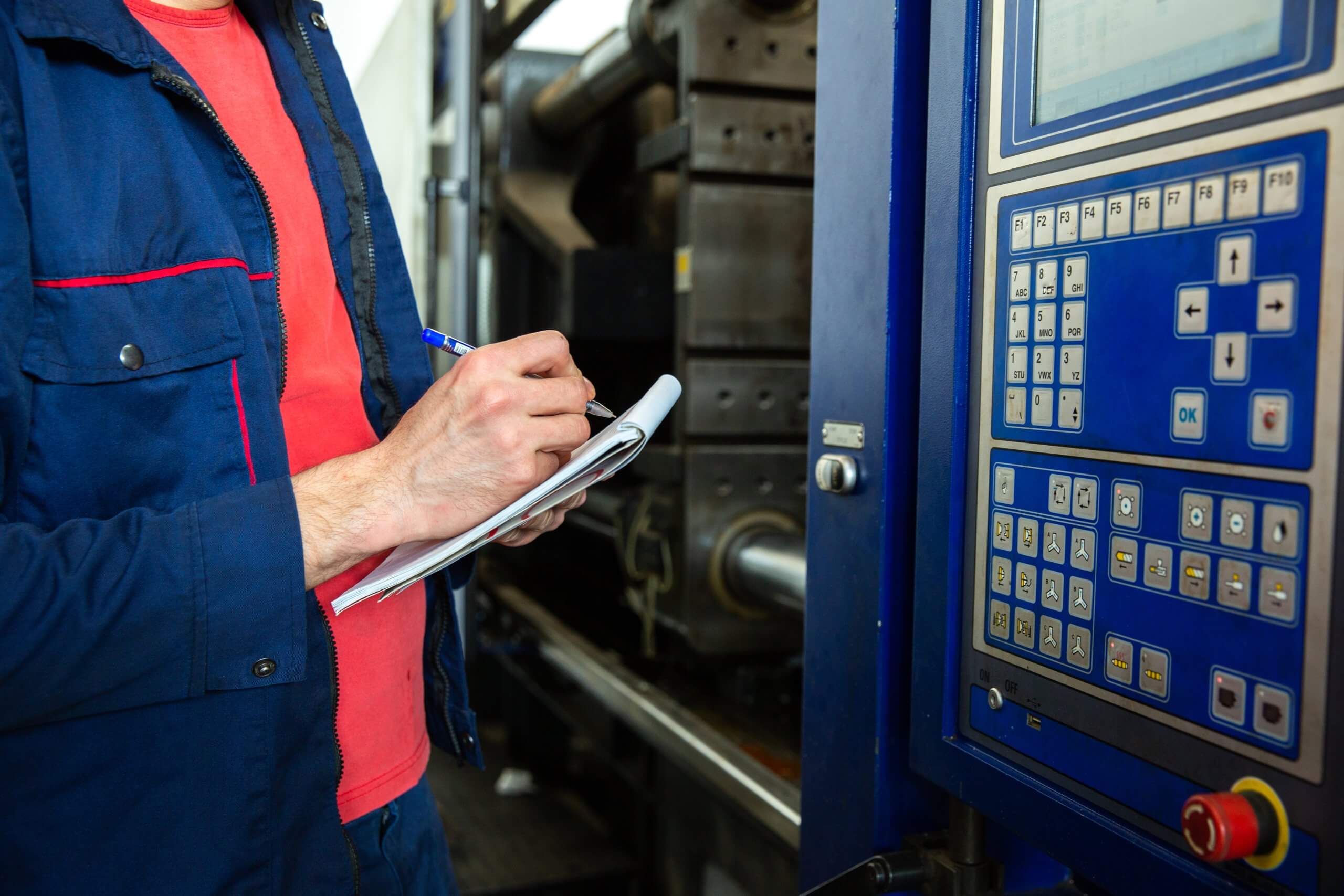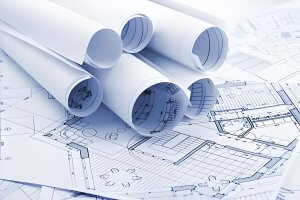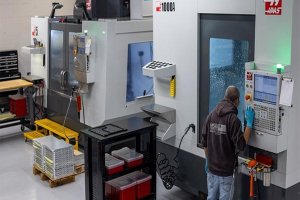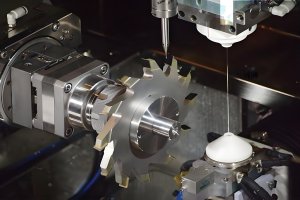The role of a CNC Machinist in modern manufacturing is pivotal, especially when it comes to creating precision parts. I’ve witnessed firsthand how the craft of CNC machining demands not only technical skill but a deep understanding of the machines and materials used. This guide is intended to help those, like you, who are either new to the field or looking to advance their skills as a CNC machinist. Together, we’ll explore the essential skills, collaborations, and advancements in the field, ensuring you’re well-equipped to excel in precision machining.
What is a CNC Machinist? Their Role in Precision Manufacturing
A CNC machinist operates and manages CNC (Computer Numerical Control) machines to produce high-precision components. From reading blueprints to programming the machines, a CNC machinist is the backbone of any successful production process. You may already know that CNC machines rely on pre-programmed instructions to manipulate tools and materials, but it’s the machinist who ensures everything runs smoothly.
I’ve always found it fascinating how CNC machinists balance machine operation with creativity. In my experience, the machinist is like an artist, carefully adjusting settings to get just the right cut or finish. Whether it’s working with metals, plastics, or composites, CNC machinists turn raw materials into perfectly engineered components.
Key Responsibilities:
- Reading and interpreting technical blueprints.
- Setting up CNC machines, including loading tools and materials.
- Programming the CNC machine using G-code and M-code.
- Monitoring machine operations to ensure accuracy.
- Performing quality checks using tools like calipers and micrometers.
Core Skills Required for a CNC Machinist
Becoming a skilled CNC machinist is no small feat. It requires a combination of technical knowledge, attention to detail, and problem-solving abilities. Below, I’ll outline the core skills that are critical for mastering the craft.
CNC Programming
The ability to write and modify CNC programs is essential. This involves understanding G-code (the language used to control the machine’s movements) and M-code (which handles auxiliary functions like spindle speed or coolant flow). I remember when I first learned G-code, it felt like learning a new language. But over time, you get the hang of it and realize that mastering these codes can unlock the machine’s full potential.
Machine Setup and Tool Selection
Setting up the machine correctly is half the battle. The machinist needs to select the appropriate tools for the job and ensure that the machine is calibrated accurately. A single millimeter’s difference can lead to a faulty part, which is why precision is everything.
Understanding Materials
Different materials require different handling. Whether you’re working with aluminum, steel, titanium, or plastics, you need to know their specific characteristics, such as hardness, thermal conductivity, and machinability. Trust me, the difference between working with stainless steel and softer materials like aluminum is night and day.
Quality Control
After the part is produced, it’s up to the machinist to perform a thorough quality check. This includes measuring dimensions, checking surface finishes, and ensuring that the part meets all specifications. Quality control tools like calipers, micrometers, and coordinate measuring machines (CMMs) are a machinist’s best friends in this process.
How Engineers Can Effectively Collaborate with CNC Machinists
Collaboration between engineers and CNC machinists is crucial for producing high-quality parts. Engineers provide the designs, and machinists bring those designs to life. However, I’ve seen instances where miscommunication led to errors or delays. That’s why clear communication is key.
Key Collaboration Points:
- Blueprints: Engineers need to provide detailed, clear blueprints that CNC machinists can interpret.
- Tolerance Specifications: Engineers should specify the tolerances required for each part. This helps machinists adjust their machine settings accordingly.
- Material Requirements: Engineers should inform machinists about the type of material being used and its characteristics. Different materials behave differently under CNC machining, and machinists need to adjust their processes based on this information.
Technical Advancement for Modern CNC Machinists: Tackling Complex Parts
As CNC technology evolves, so do the demands placed on machinists. In my own experience, I’ve seen how the industry has shifted towards more complex and intricate parts. This is particularly true in industries like aerospace and medical devices, where precision is critical.
Challenges in Complex Machining:
- Micro-machining: Producing extremely small parts with tight tolerances is one of the most challenging tasks a CNC machinist can face. It requires not only precise machine control but also expertise in selecting the right tools and cutting speeds to avoid damaging delicate parts.
- 5-axis machining: Traditional CNC machines work along three axes (X, Y, Z), but with 5-axis machining, the machine moves along two additional rotational axes. This allows machinists to create more complex geometries in a single setup, reducing production time and improving precision. However, mastering 5-axis machining requires significant experience and training.
- Hard-to-machine materials: Some materials, like titanium, Inconel, or hardened steels, are notoriously difficult to machine. These materials tend to generate more heat and wear out tools quickly. A skilled CNC machinist needs to know how to adjust speeds, feeds, and cooling methods to successfully machine these materials without compromising the quality of the part.
CNC Machinist Training and Certification: Path to Becoming a Senior Technician
Training and certification are critical for anyone looking to advance their career as a CNC machinist. Formal education provides a solid foundation in machining principles, but ongoing training is essential for staying up to date with new technologies and techniques. Certification programs validate a machinist’s skill set and can open doors to more advanced roles.
In my own experience, pursuing certifications not only increased my confidence but also helped me stand out in the job market. Many employers look for machinists with specific credentials, such as those offered by the National Institute for Metalworking Skills (NIMS) or certifications in Mastercam or SolidWorks CAM.
Certification Programs:
| Certification | Description | Level |
|---|---|---|
| NIMS Machining Level I | Covers basic CNC operator skills, including setup and programming | Entry Level |
| Mastercam Certification | Focuses on advanced CNC programming and toolpath strategies | Advanced Level |
| SolidWorks CAM Certification | Combines CAD/CAM design skills with CNC programming expertise | Intermediate to Advanced |
Training programs often include both classroom instruction and hands-on practice, covering topics like blueprint reading, CNC programming, and machine operation. For those aiming to become senior machinists, I recommend pursuing additional training in 5-axis machining, micro-machining, and working with exotic materials like titanium and Inconel.
Practical Application of CNC Machinists in Different Materials
CNC machinists must adapt their techniques depending on the material they’re working with. Each material has unique properties, such as hardness, thermal conductivity, and machinability, which influence how it’s cut, drilled, or milled. I’ve encountered situations where what worked perfectly on aluminum caused severe tool wear on stainless steel, illustrating the importance of understanding these differences.
Below is a table summarizing some common materials used in CNC machining and their characteristics.
Material Machining Characteristics:
| Material | Hardness (Rockwell) | Machinability | Applications |
|---|---|---|---|
| Aluminum | 15-50 HRB | Excellent | Aerospace parts, automotive components |
| Stainless Steel | 80-100 HRB | Moderate | Medical devices, kitchenware |
| Titanium | 30-36 HRC | Poor | Aerospace, military applications |
| Brass | 30 HRB | Excellent | Electrical connectors, plumbing parts |
| Plastics (Delrin) | N/A | Excellent | Gears, bushings, medical components |
| Inconel | 35-40 HRC | Poor | Turbine blades, aerospace components |
As a machinist, it’s essential to adjust your machine’s settings based on the material being machined. For example, aluminum allows for faster cutting speeds and higher feed rates due to its softness, while titanium requires slower speeds and more cooling to prevent overheating.
Future Development of CNC Machinists: Automation, AI, and Smart Manufacturing
As manufacturing technology continues to evolve, so does the role of the CNC machinist. Automation and artificial intelligence (AI) are rapidly transforming CNC operations, allowing machines to become more efficient and precise. I’ve noticed that more and more shops are adopting Industry 4.0 practices, where machines communicate with each other and make adjustments in real-time.
Key Future Trends:
- Automated tool changing: In the past, machinists manually changed tools during the machining process. Today, many CNC machines come with automated tool changers that improve efficiency and reduce downtime.
- AI-driven predictive maintenance: By using AI, machines can now predict when a tool or part is about to fail. This allows machinists to schedule maintenance before a breakdown occurs, minimizing downtime and reducing repair costs.
- Real-time monitoring: IoT (Internet of Things) devices allow machinists to monitor machine performance remotely. This is especially useful in large production facilities where operators need to oversee multiple machines simultaneously.
While some might worry that automation will replace CNC machinists, I believe it will only enhance our role. Automation takes care of repetitive tasks, allowing machinists to focus on more complex operations, such as programming, troubleshooting, and quality control.
FAQ
- How do I select the right CNC machinist for my project?
Look for machinists with experience in the materials and machines relevant to your project. Certification and training are also good indicators of skill. - What’s the difference between a CNC machinist and a CNC programmer?
A CNC programmer focuses on writing the code that controls the machine, while the machinist operates the machine and ensures the final product meets specifications. - How do CNC machinists ensure high precision in parts production?
Machinists use a combination of precise machine settings and quality control tools, such as micrometers and CMMs, to ensure accuracy. - What are the most common materials CNC machinists work with?
Aluminum, stainless steel, titanium, brass, and various plastics like Delrin are commonly machined materials. - How can I start a career as a CNC machinist?
Start by enrolling in a technical training program, gaining hands-on experience, and pursuing certifications like those offered by NIMS or Mastercam. - What are the key skills a CNC machinist needs to be successful?
Core skills include CNC programming, machine setup, tool selection, blueprint reading, and quality control. Familiarity with different materials and machining techniques is also crucial. - What is the typical career path for a CNC machinist?
Many CNC machinists start as machine operators, then move into more specialized roles, such as CNC programmer or senior machinist, after gaining experience and certifications. - How important is certification for a CNC machinist?
Certification is highly valued in the industry, as it validates a machinist’s skills and knowledge. It can help you stand out in the job market and open up opportunities for higher-paying roles. - Can a CNC machinist work with different types of CNC machines?
Yes, CNC machinists often work with various machines, including mills, lathes, routers, and 5-axis machines. Experience with multiple types of equipment increases job versatility. - How do CNC machinists deal with machine malfunctions?
Machinists are trained to troubleshoot common machine issues. They may adjust settings, replace tools, or perform maintenance to fix problems. For complex issues, they may consult with engineers or technicians. - What safety precautions should a CNC machinist follow?
CNC machinists should wear personal protective equipment (PPE) like safety goggles and gloves, follow proper machine handling procedures, and be aware of the safety features of their machines. - How do CNC machinists maintain their machines?
Routine maintenance is essential to ensure the longevity and accuracy of CNC machines. Machinists perform regular tasks such as cleaning, lubricating parts, and checking for tool wear. - What role does automation play in the CNC machinist’s job?
Automation, such as robotic tool changers and real-time monitoring, enhances the machinist’s ability to run multiple machines simultaneously, improving efficiency and reducing repetitive tasks. - How do CNC machinists manage the machining of complex geometries?
Machinists use advanced software like CAD/CAM to program the machines for complex shapes. They may also rely on multi-axis machines, such as 5-axis CNCs, to create intricate parts. - What are the future prospects for CNC machinists in the manufacturing industry?
The demand for skilled CNC machinists is growing, especially with the rise of automation and advanced manufacturing techniques. Those with expertise in cutting-edge technologies like AI and robotics will be in high demand.
Other Articles You Might Enjoy
- Improve the Precision of Your CNC parts
In some industries, precision machining is more essential than in others. For example, medical devices, certain parts, and products must be reliable and always work. The doctor must direct the…
- The Role of Precision in CNC Machining: How Tight Tolerances Impact Cost and Quality?
Introduction: Understanding Precision in CNC Machining In manufacturing contexts, precision is epitomized by Computer Numerical Control (CNC) machining. In essence, CNC machining is a process utilized widely within the manufacturing…
- The Ultimate Guide to Acquiring CNC Machined Parts
In today's business landscape, there are two main categories: production and services. While service-based businesses are easier to establish, production businesses hold greater potential for growth. If you're considering venturing…
- Requirements for CNC Machining Parts
Preparation Work Complete the necessary preparation before machining, including process analysis, process route design, tool and fixture selection, and program compilation. online cnc machining service Operating Steps and Contents Start…
- Custom Precision CNC Machining Services for Bronze Parts
Introduction to CNC machining and Bronze Parts Manufacturing Custom precision Computer Numerical Control (CNC) machining is a unique technology that employs computerized controls and machine tools to eradicate layers of…
- What are the requirements for CNC machining of bearing parts?
Bearings are common and important parts in the automotive industry, which can support transmission components and transmit torque. Generally, CNC machining centers are used to process bearing parts. So what…






